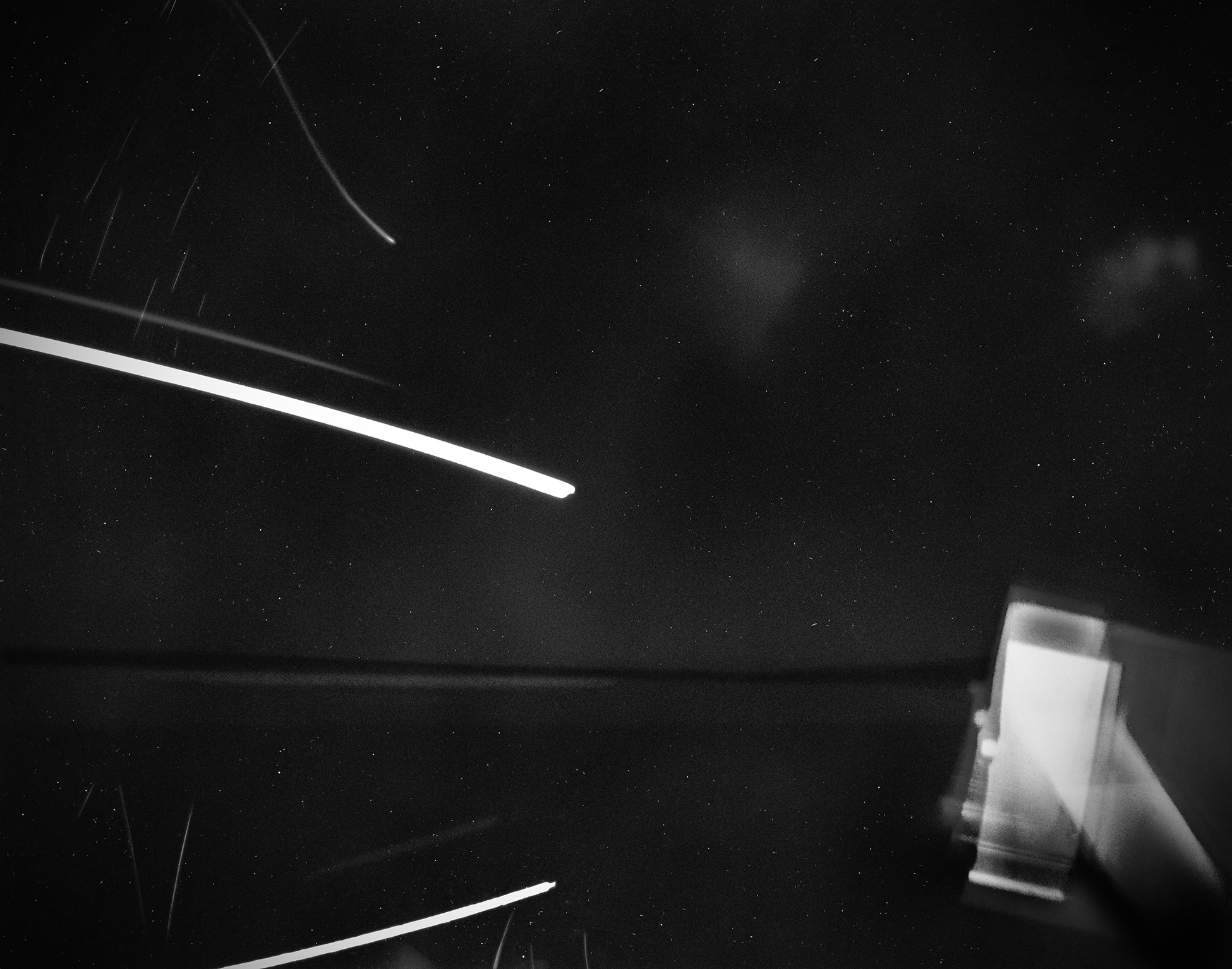Dark Sky Park
A Twelve-Hour Exposure in a National Park Night Sky
Recently, I came across a story I wrote about this one photo taken in a Dark Sky Park and suddenly felt sorry for not sharing it. Besides, it had been such a long time since I published a blog post, so here it is.
From Sea to Nature Reserve
In 2019, it was 50 years since the Lauwerszee, an inland sea in the north of the Netherlands, was closed off and turned into a lake. After the 1953 flood, the Dutch government decided to restructure the coastline, and closing the estuary seemed like the best solution at the time.
Local shrimp fishermen protested as they depended on the sea for their livelihoods. Yet, no one could have predicted that this area would become one of the most beautiful nature reserves in the Netherlands.
Celebrating 50 Years of Lauwersmeer Through Photography
Because of the 50th anniversary of the lake, northern Dutch photographers showcased their perspectives on this beautiful nature reserve. I took on the challenge because the area connects with the Wadden Sea, where I often take pictures.
The submissions of 15 photographers resulted in:
- A special feature in the magazine Noorderbreedte
- An outdoor exhibition on location, produced by Noorderlicht
- An exhibition of the images at University Medical Center Groningen
A Designated Dark Sky Park
I was interested in the fact that the area was designated an official Dark Sky Park in 2016. A Dark Sky Park is an area where it is dark and where the goal is to preserve that darkness. These parks are amongst the darkest places in the world. Here, you can experience nature in the dark, and people are welcome at night to enjoy that darkness and the starry sky.
The Dark Sky Park designation comes from DarkSky International. This organization is American-based and draws attention to the worldwide increasing light pollution. DarkSky International does not require that it be pitch dark but that people remove the unnecessary light as much as possible.
At first, light pollution in the area was too high, but they resolved it by installing new luminaires that emit less light. Now, darkness is preserved, benefiting local wildlife like birds, plants, and moths, as artificial light disrupts their natural cycles.
Did you know? The Netherlands is one of the most light-polluted countries in the world, making the Dark Sky Park designation even more remarkable!
Capturing the Moon’s Orbit
For a long time, I had the idea of capturing the moon’s orbit, just as I had been photographing the sun’s path. This was the perfect opportunity!
Five designated locations in the park welcome nighttime visitors, allowing them to walk under the stars. There was a park with holiday homes nearby at one of those places. Here, I decided to make an image with an entire night’s exposure time. I based the choice of this location on practical considerations. The exposure had to start and end in complete darkness; otherwise, the image would be overexposed. Simply because this place was still close to civilization, I felt the safest here in the dark.
I used the first clear night to make some test shots. When they turned out ok, I had to wait another four weeks. Clear nights are rare in Dutch winters. Finally, in February, just before the deadline, the perfect moment arrived. On February 23, at 7 PM, I placed three pinhole cameras in the dark, all pointing at the moon.
A Lucky Mistake
When I removed the sticker that closes the pinhole from all three cameras to start the exposure, I had a problem with one camera. It was too dark, and I could hardly see anything. My then 9-year-old son, who always likes to join me on these adventures, suddenly used my smartphone to shed some light. He meant to be helpful, but I was convinced the image would fail because of it.
Before dawn, I removed the cameras and went straight into my studio to develop the negatives. I left the photo exposed by the light of the smartphone undeveloped. But the others? Unfortunately, they were seriously underexposed.
The Surprise
I developed the one I had left, just to be sure…. and I could not have been happier when it turned out to be the only good image I had produced that night. The image shows the path that the moon describes across the night sky, with its reflection on the water. The streaks of light are probably planets.
The white dots you see are specks of dust on my scanner, something I usually find annoying, but in this case, they became part of the stars, just like dust in the sky.
You can click on the image to see a larger version.
Interested in owning a print? Learn more here >
Sign up for regular updates so you never miss a blog post!
Categories

